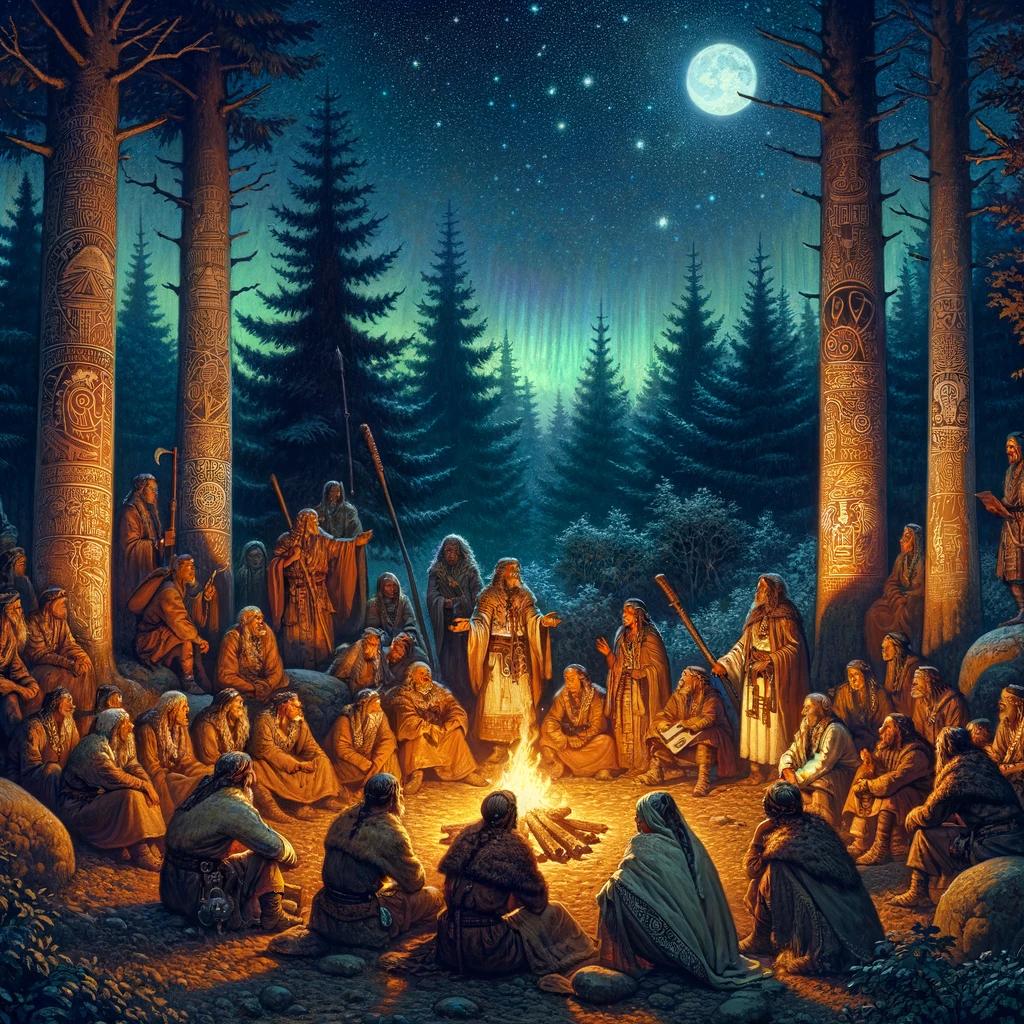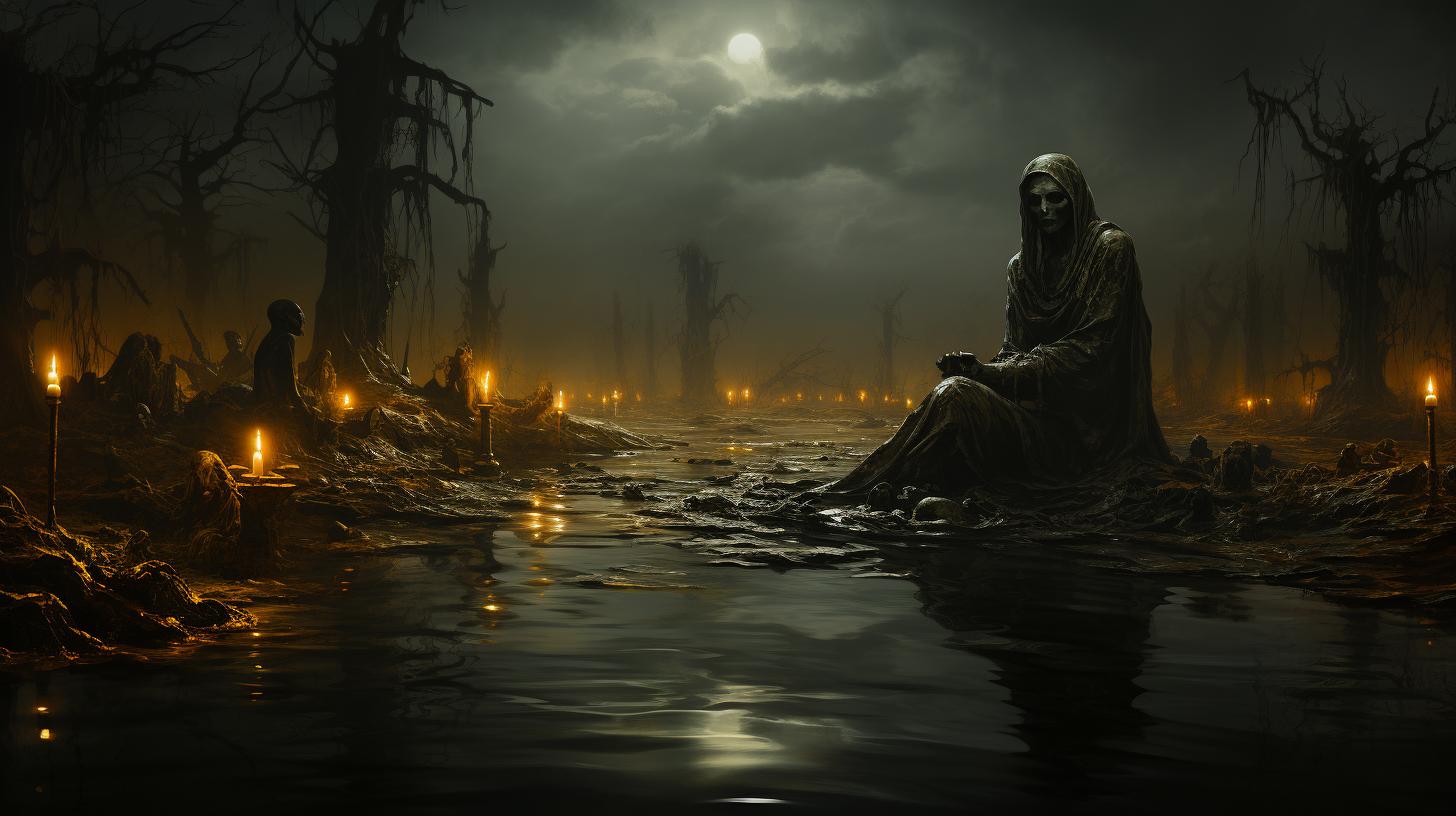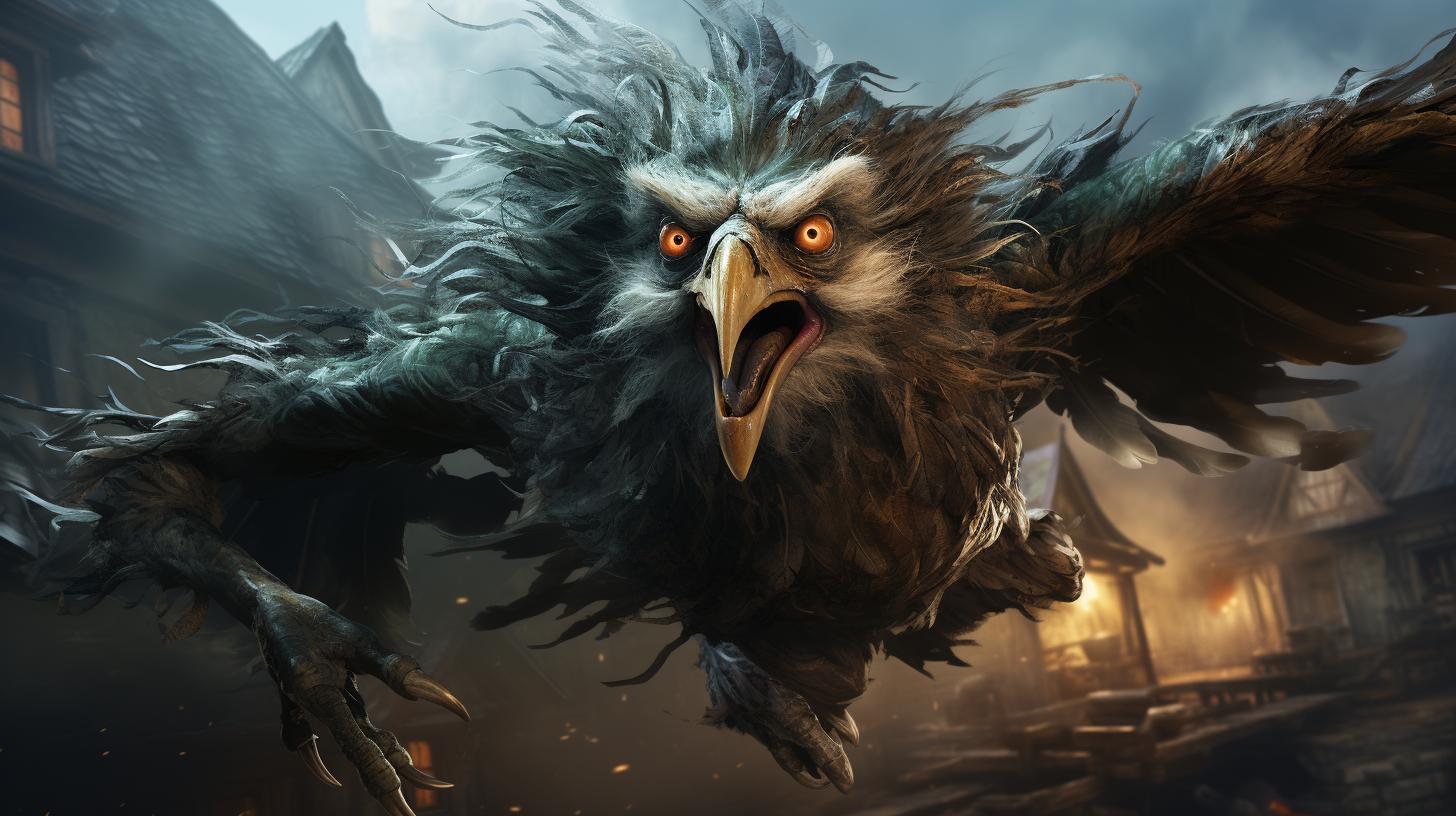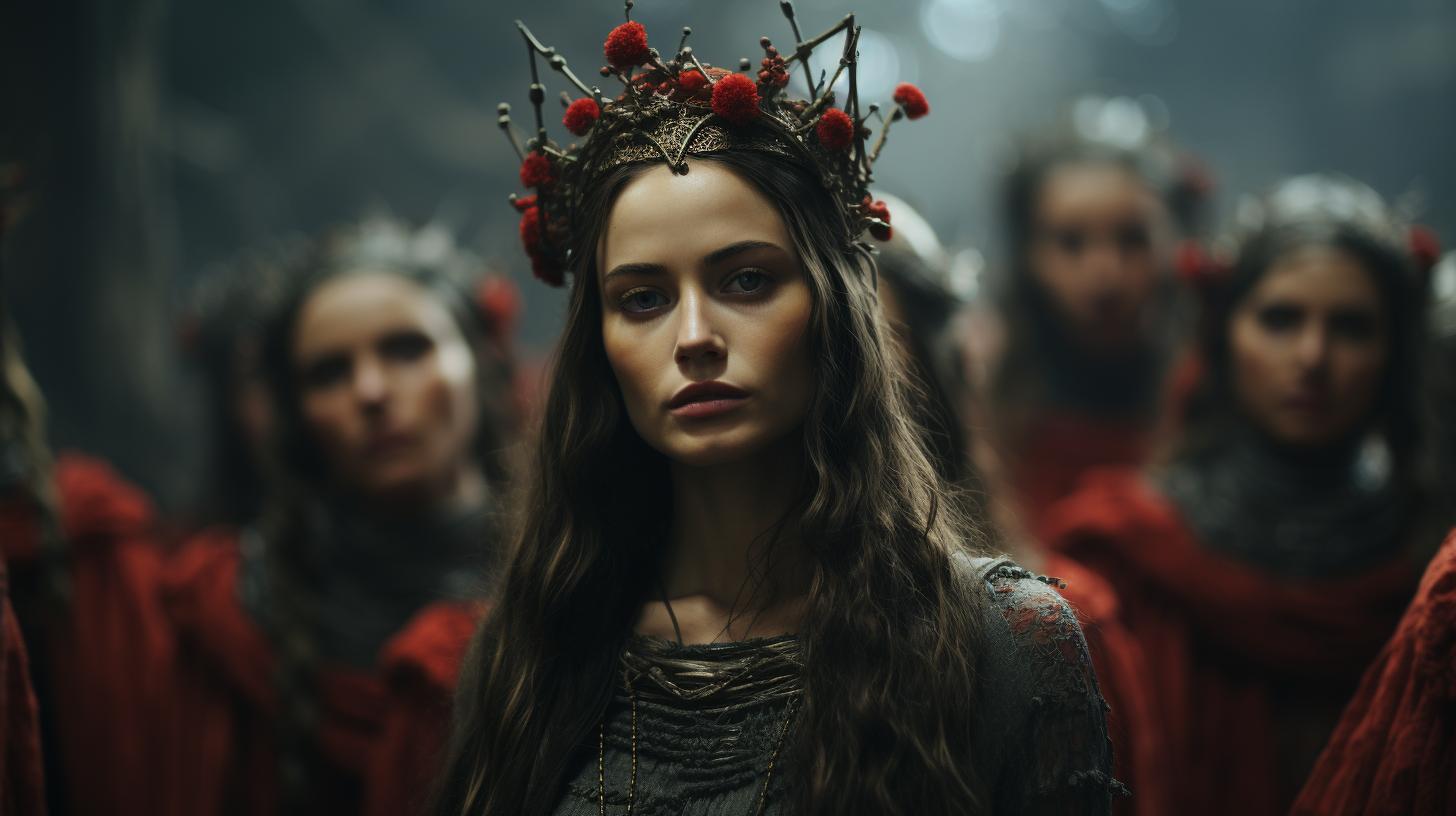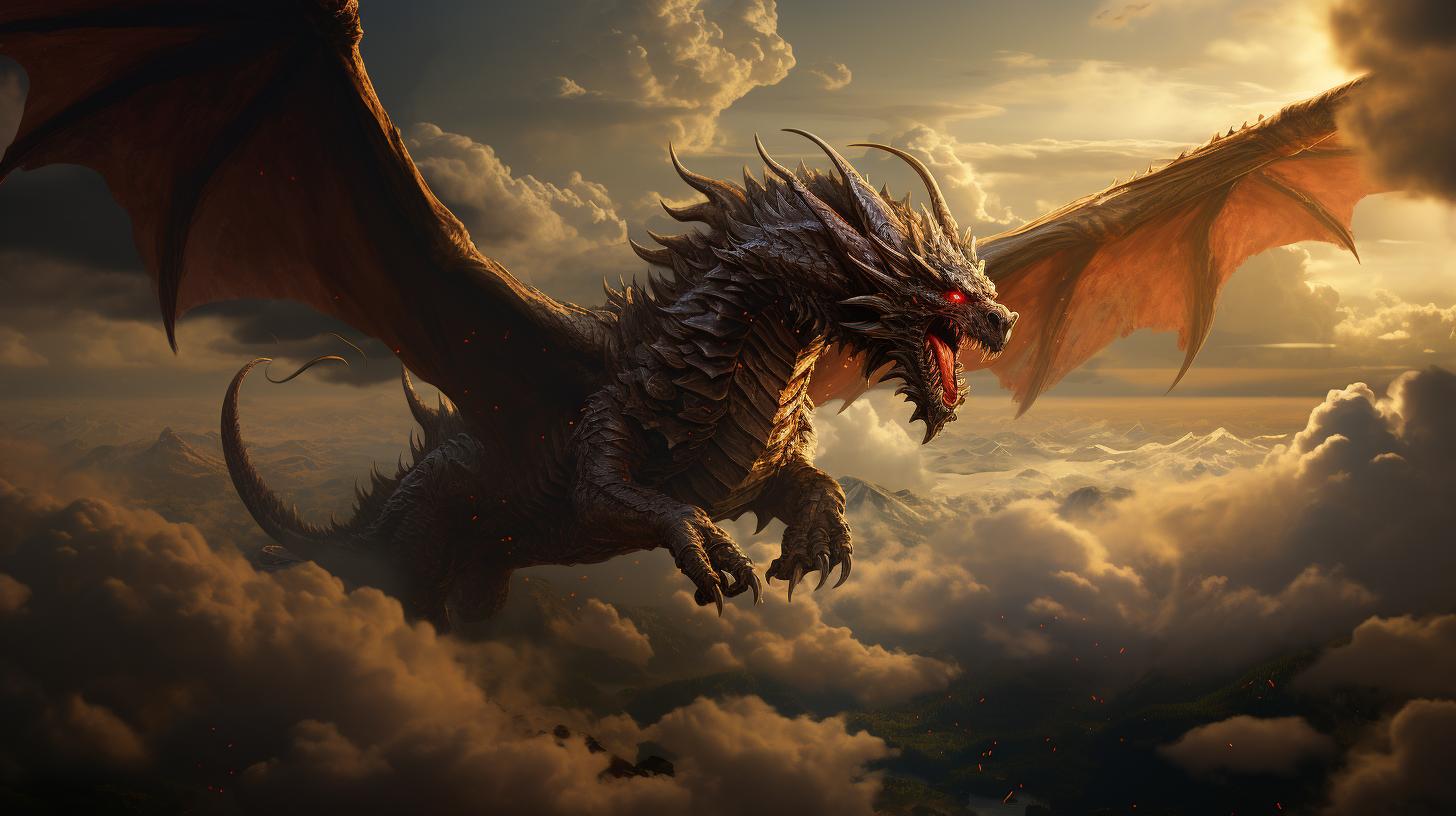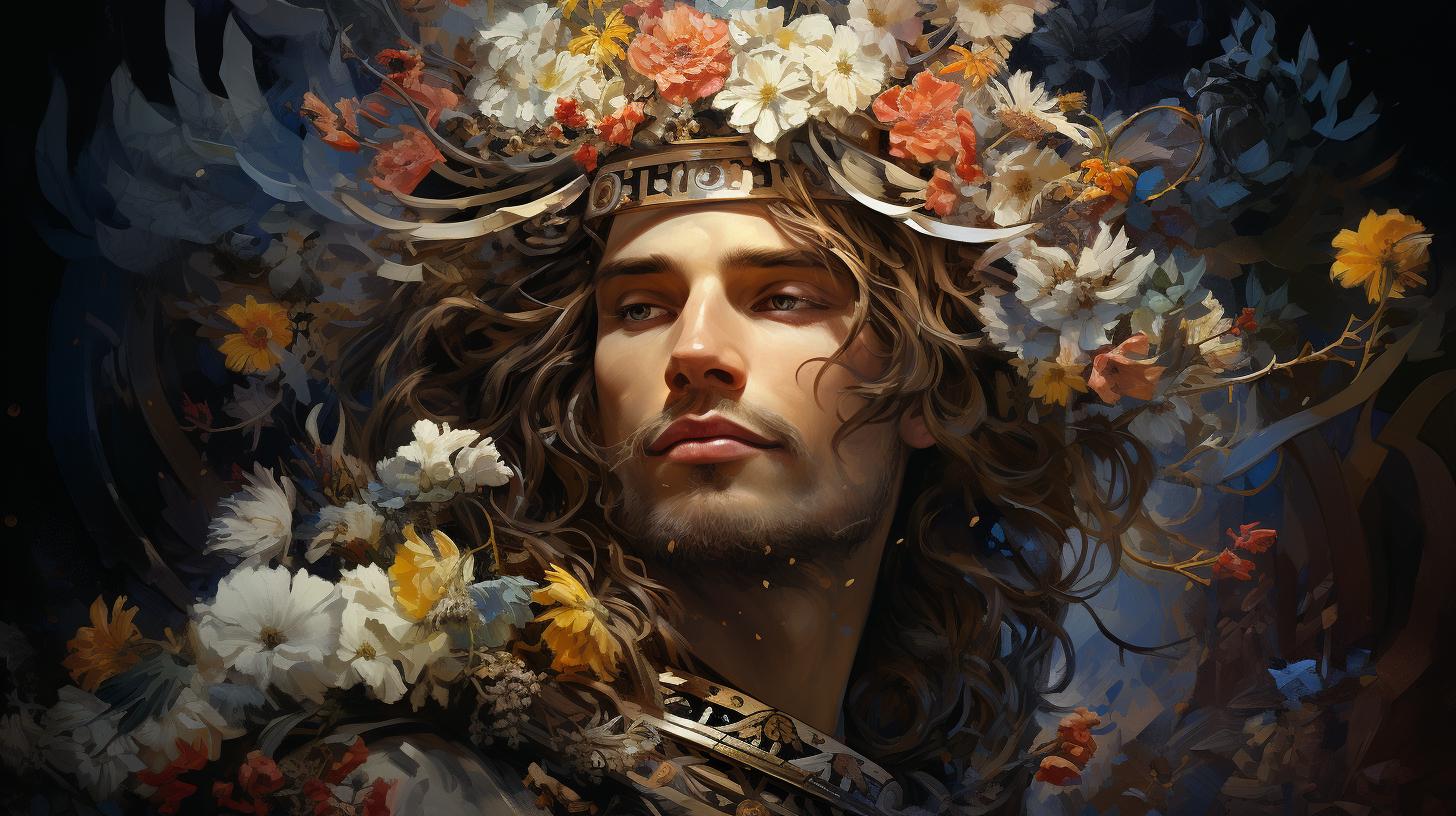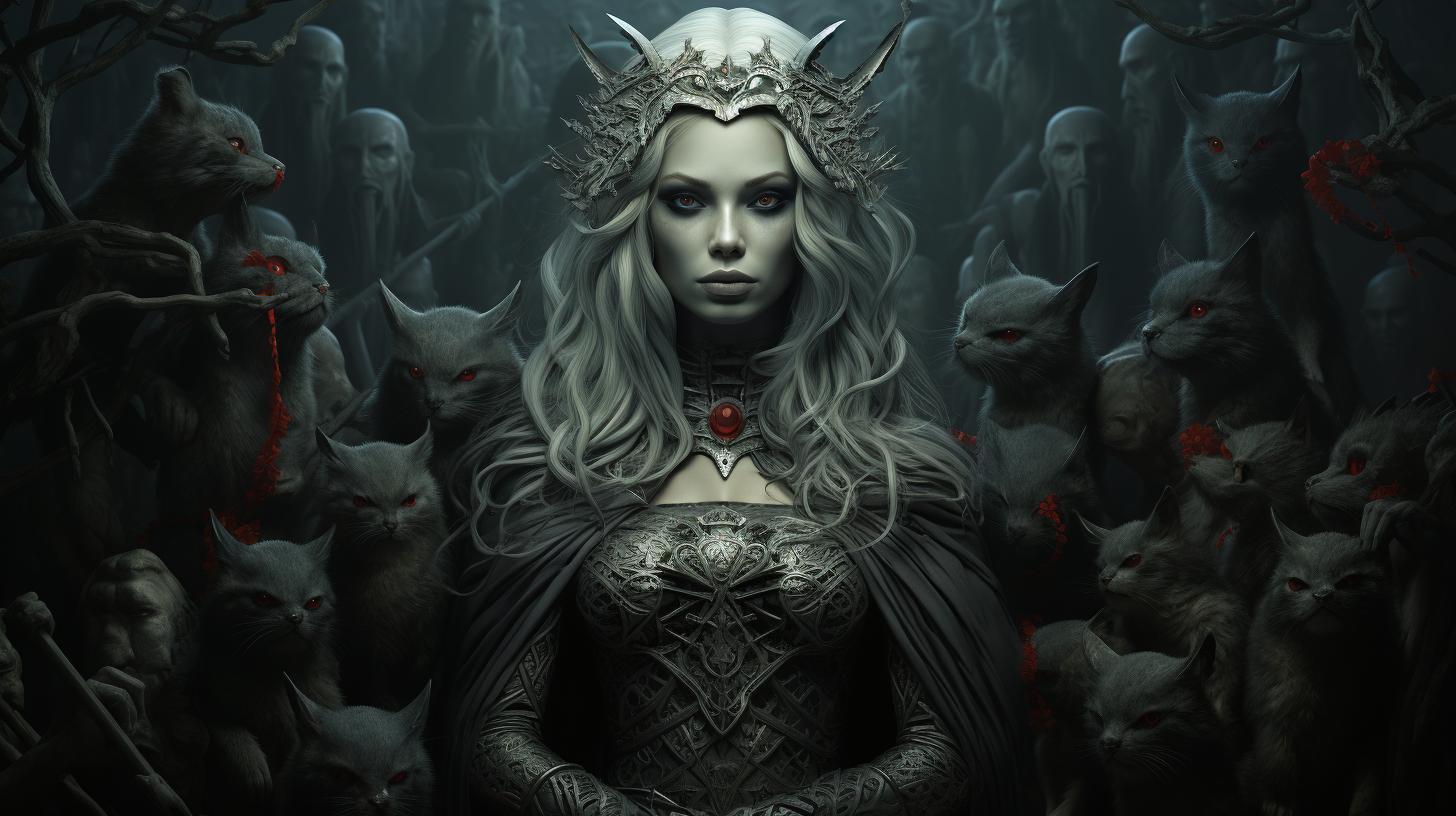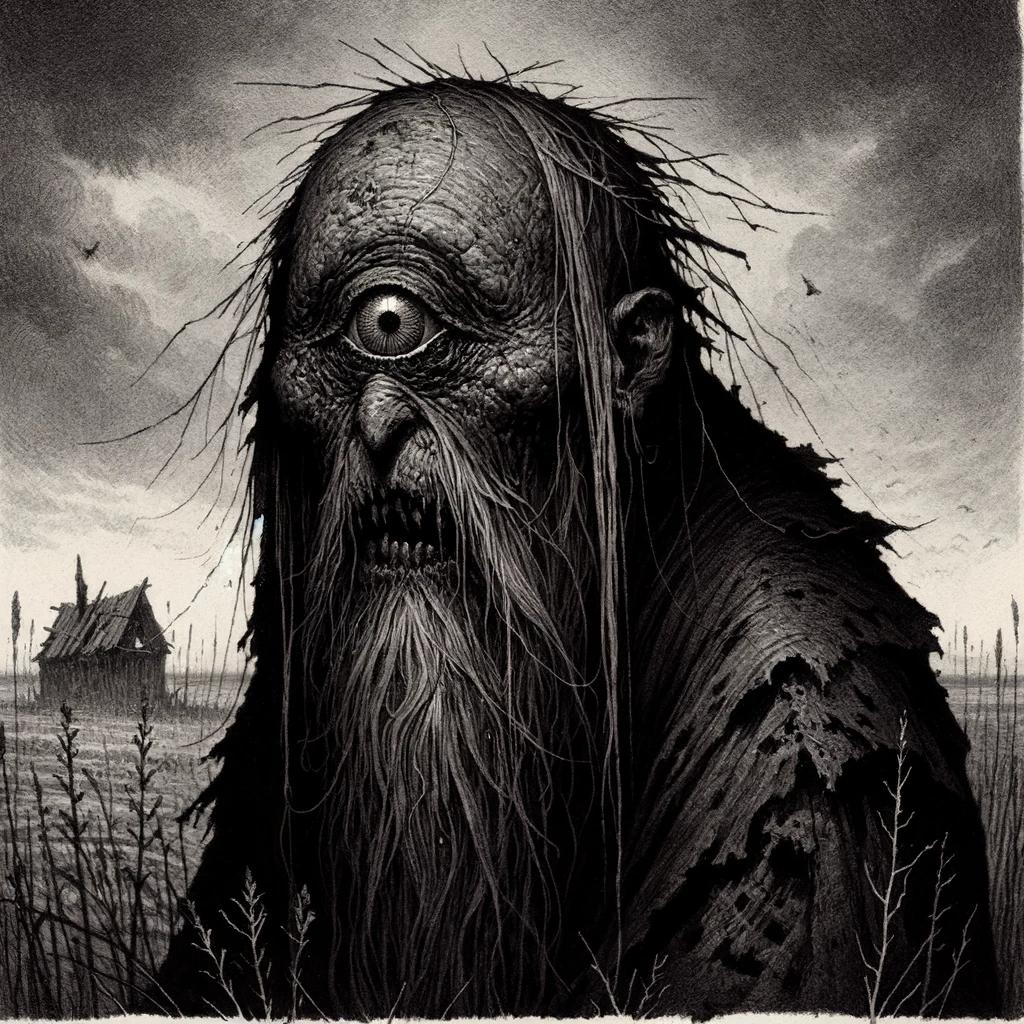Exploring the Rich Tapestry of Slavic Mythology Creatures
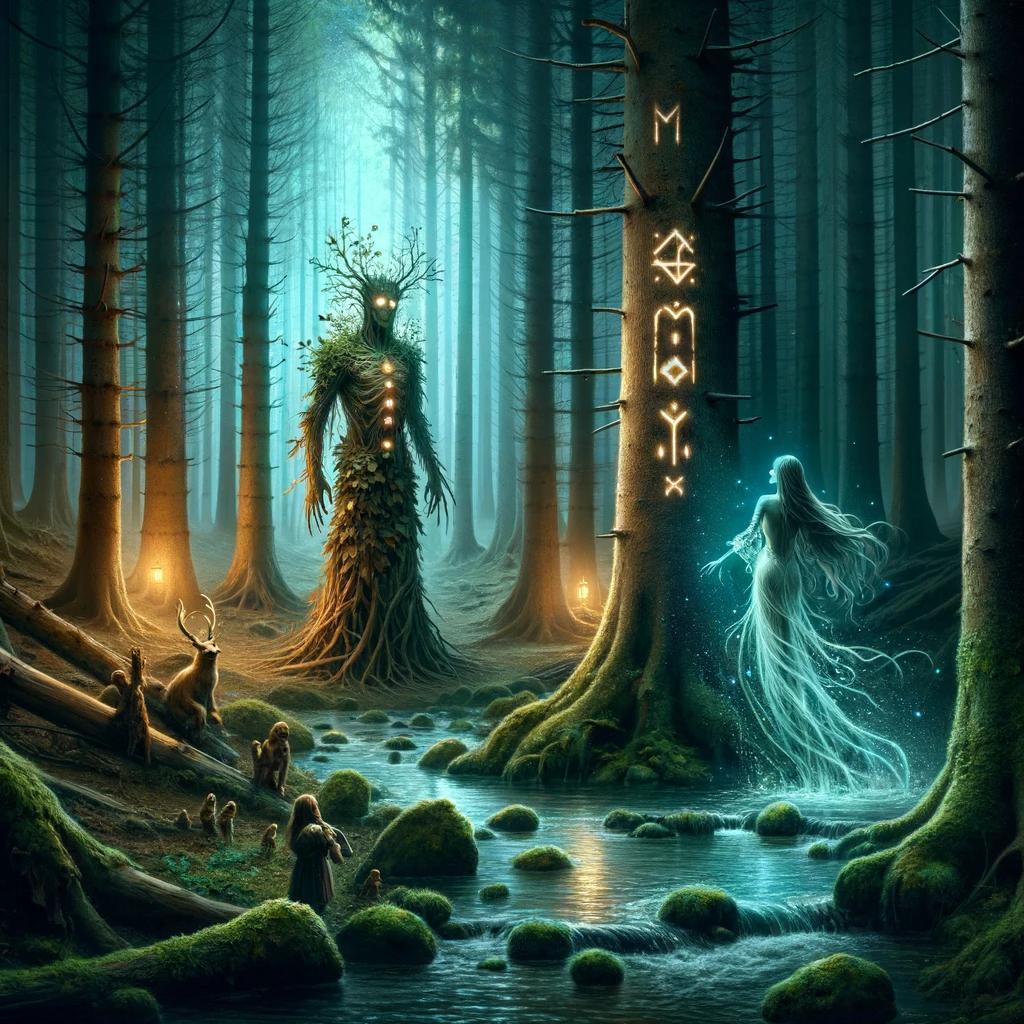
Slavic Mythology Creatures delves into the enchanting world of legendary beings from Slavic folklore, including not only widely recognized figures like Baba Yaga, the Rusalka, and the Bannik but also lesser-known yet equally fascinating creatures from Russian, Polish, and broader Eastern European folklore.
This exploration extends to the realms of Slavic deities, uncovering the rich pantheon that includes Polish gods, the god of war, and the myriad of spirits and monsters that populate these ancient stories.
Uncover the intricate web of Russian mythology creatures such as the Slavic dragon and Vodyanoy. Engage with Slavic folklore’s legendary creatures and delve into the mesmerizing tales of Slavic vampire legends, where mythology and folklore intertwine to form a uniquely captivating narrative.
Slavic Mythology Creatures
Slavic mythology is replete with a wide array of fascinating creatures and deities that have captivated the imaginations of people for centuries. These mythical beings, deeply rooted in Slavic folklore, play significant roles in the cultural and traditional narratives of the region, embodying the fears, values, and aspirations of the Slavic peoples.
In this section, we will explore some iconic Slavic mythology creatures, including Baba Yaga, The Rusalka, and The Bannik, along with an introduction to other mythical beings such as the menacing Slavic dragons, the elusive Vodyanoy, and the myriad of Slavic gods and monsters that have shaped the mythological landscape of Eastern Europe.
Baba Yaga
Baba Yaga stands as a towering figure in Slavic folklore, often depicted as a fearsome and mysterious witch dwelling in a hut that moves on chicken legs. Renowned for her powerful magical abilities and enigmatic nature, Baba Yaga plays various roles across the folklore spectrum—from a fearsome antagonist to a wise, if daunting, advisor.
The Rusalka
The Rusalka, a water nymph found in Slavic mythology, inhabits bodies of water where she embodies the dual nature of water—both its life-giving and perilous aspects. Rusalkas are often depicted as beautiful, alluring young women who could either doom those they lure underwater or bless those who respect and appease them.
The Bannik
The Bannik, a guardian of the bathhouse, is revered in Slavic folklore as a spirit that ensures the well-being of those who enter his domain. Often visualized as an old, bearded man with glowing eyes, the Bannik could bring fortune or misfortune, reflecting the ancient Slavic belief in the sacredness of bathhouses as spaces of purification and transition.
Together, Baba Yaga, The Rusalka, and The Bannik, alongside a host of other creatures and deities, form a rich tapestry of Slavic mythology creatures. Each entity holds its unique role and significance within the vast and diverse world of Slavic folklore, ensuring the traditions and enchantment of Slavic mythology continue to thrive in the modern world.
The rich pantheon of Slavic mythology features a diverse array of gods and goddesses representing various aspects of nature, human life, and the spiritual realm. From the mighty thunder god Perun to the sun god Swiatowid, each deity embodies distinct elements and principles, reflecting the Slavic people’s deep connection to the natural and divine worlds.
Two noteworthy categories are Polish Gods and the Slavic God of War, each offering unique insights into the spiritual practices and beliefs of the Slavic peoples.
Polish Gods
Polish mythology enriches the Slavic mythological landscape with its own unique deities, such as Swiatowid, Perun, and Svarog. These gods represent the elemental forces of nature and the cosmos, playing crucial roles in the daily lives and spiritual practices of the people.
Slavic God of War
The Slavic god of war, embodying strength, courage, and victory, is a central figure in the pantheon. Revered by warriors seeking divine protection, this deity’s influence is celebrated through festivals and rituals, highlighting the deep-seated warrior culture within Slavic societies.
Russian Mythology Creatures
Russian folklore, a vital part of Slavic mythology, boasts an array of unique and intriguing creatures such as the Slavic Dragon and the Vodyanoy. These beings, with their distinctive characteristics and stories, contribute to the rich mosaic of mythical narratives that have been passed down through generations.
The Slavic Dragon
The Slavic Dragon, or Zmey Gorynych, is a legendary creature that symbolizes the formidable aspects of nature. With its fire-breathing capability and venomous attacks, it represents the challenges and dangers that heroes must overcome in Slavic myths.
Often depicted as an elderly man with a long unkempt beard and a fish-like tail, the Vodyanoy is a quintessential example of Russian folklore creatures, holding the power to control water and shape-shift into various forms.
This entity reflects the depth of Slavic mythology monsters, showcasing the complex relationship between humans and the natural world within Eastern European folklore creatures.
Legends warn of its mischievous nature, as it is known to drown unsuspecting swimmers or lure them into its watery domain.
The Vodyanoy is believed to possess deep knowledge of water-related matters and can grant favors or bring misfortune to those who encounter it, embodying the dual aspects of care and threat found in Slavic creatures.
These Russian mythology creatures serve as fascinating examples of the intricate beliefs and enchanting tales that have shaped Slavic folklore traditions. They represent the enduring connection between humans and the natural world, depicting the struggle between control and respect for the forces of nature, as seen in the tales of Slavic mythical creatures and Russian monsters folklore.
Slavic Folklore Creatures
In Slavic folklore, a rich tapestry of mythical creatures and beings are deeply ingrained within the cultural fabric. These creatures, ranging from the well-known entities like Leshy and Rusalka to lesser-known but equally fascinating beings, embody the beliefs, fears, and values of the people who created these captivating tales.
This pantheon includes an array of Slavic monsters, Russian mythical creatures, and Polish mythological creatures, highlighting the diversity and breadth of Slavic folklore characters.
Exploring the realm of Slavic folklore unveils a world teeming with wonder and mystery, where humans interact with supernatural forces and the natural world intertwines with the supernatural.
Within the realm of Slavic folklore creatures, two key aspects deserve attention: an overview of Slavic folklore and the legendary creatures that populate this captivating world, including monsters in Slavic mythology and mythical creatures in Russia.
Overview of Slavic Folklore
Slavic folklore is an intricate web of mythology, legends, and traditional beliefs that have been passed down through generations. It reflects the unique cultural perspectives, customs, and traditions of the Slavic people, offering insights into the complexity and richness of Slavic mythical creatures and Slavic folklore monsters.
This folklore encompasses a wide array of themes, from nature spirits and household guardians to tales of heroic deeds and cautionary tales, showcasing the diversity of Slavic mythical creatures and the lore surrounding them.
Slavic folklore often serves as a window into the daily lives, struggles, and aspirations of the Slavic communities, acting as a vessel for the stories of Russian mythological creatures, Polish folklore creatures, and Eastern European folklore creatures.
Legendary Creatures in Slavic Folklore
Within Slavic folklore, an abundance of legendary creatures roam the land, captivating the imagination and stirring a sense of wonder. These creatures come in various forms, each with its own unique traits and significance, embodying the rich diversity of Slavic creatures and Slavic mythology monsters.
- Baba Yaga: A fearsome witch often portrayed as an old woman who dwells in a hut that stands on chicken legs. She possesses magical powers and is both feared and revered, representing a key figure in Russian monsters folklore.
- The Bannik: A bathhouse spirit known to have a dual nature, representing both a guardian and harbinger of misfortune.
It oversees the cleanliness and actions of bathhouse visitors, showcasing the diverse range of Slavic folklore monsters.
These are just a few examples of the myriad of creatures that populate Slavic folklore, each creature holding its own allure and symbolism within the tapestry of Slavic mythology, and contributing to the rich narrative of what is Slavic mythology.
Slavic Vampire Legends
Vampires, as a chilling and intriguing part of Slavic folklore, embody the darker aspects of these traditions. These bloodthirsty creatures of the night have captivated imaginations with their mythical existence and supernatural abilities, becoming a significant part of monsters in Slavic mythology.
In Slavic mythology, vampires are believed to be undead beings that rise from their graves to prey upon the living. Their existence, woven into the fabric of Slavic vampire legends, is often associated with death, fear, and the supernatural, reflecting the complex relationship between the living and the dead in Slavic beliefs.
Beliefs and Myths Surrounding Vampires
Slavic vampire legends are steeped in ancient traditions and beliefs, with vampires said to possess various characteristics and powers that make them both fearsome and alluring. These include the ability to transform, their immortality, and their need to feed on the living, illustrating the rich and varied tapestry of Slavic folklore creatures.
- Vampires are believed to have the ability to transform into bats or other nocturnal creatures, allowing them to easily blend into the darkness and remain undetected.
- They are seen as immortal beings, impervious to aging and disease, which adds to their dangerous allure.
- Vampires are said to possess superhuman strength, speed, and heightened senses, making them formidable adversaries.
- According to popular belief, vampires feast on the blood of the living to sustain their own existence.
- Symbols of protection, such as garlic, crucifixes, and holy water, are believed to repel vampires and keep them at bay.
Origins and Spread of Vampire Beliefs
The origins of vampire beliefs in Slavic folklore are shrouded in mystery, with various theories explaining their existence.
These legends have gained significant popularity in Eastern European countries, including Russia, Poland, and Ukraine, and were passed down through generations via oral storytelling, becoming a key element in the lore surrounding Slavic mythical creatures and Russian folklore monsters.
Vampires in Slavic Culture
Vampire folklore has permeated Slavic culture, inspiring numerous literary works, films, and other forms of artistic expression. Slavic vampire tales often serve as cautionary tales, warning individuals about the consequences of immoral behavior and the dangers of succumbing to evil, illustrating the enduring allure and significance of these creatures within Slavic mythology.
- Works of fiction, such as Bram Stoker’s “Dracula,” have drawn inspiration from Slavic vampire mythology, further popularizing the vampire archetype.
- Modern adaptations of vampire stories, such as the “Twilight” series, have brought vampires into the mainstream, capturing the fascination of a global audience.
Wikimedia’s Contribution to Slavic Mythology Documentation
Privacy Policy about Mythology Documentation
When it comes to documenting Slavic mythology, Wikimedia Foundation recognizes the importance of privacy.
With a dedicated privacy policy for mythology documentation, the foundation ensures that any personal information provided by contributors is handled with utmost care and in compliance with relevant regulations.
The privacy policy not only safeguards the privacy of those involved in documenting Slavic mythology but also promotes a secure environment that encourages individuals to share their knowledge and insights without any concerns about privacy breaches.
Role of Wikimedia Foundation in Preserving Slavic Mythology
Wikimedia Foundation plays a crucial role in preserving the rich heritage of Slavic mythology. By offering a platform for knowledge sharing, the foundation enables enthusiasts, researchers, and experts to contribute valuable information about Slavic mythological creatures, deities, and folklore.
- Knowledge Exchange: Wikimedia serves as a hub where individuals passionate about Slavic mythology can come together, exchange ideas, and collaborate on improving the documentation of these captivating creatures and deities.
- Open Access: With its commitment to open access, Wikimedia ensures that the information related to Slavic mythology remains freely available to a global audience.
This accessibility allows people from various backgrounds to explore and learn more about the fascinating world of Slavic folklore.
- Community Contributions: The Wikimedia community, consisting of dedicated volunteers, plays a pivotal role in preserving Slavic mythology.
By contributing their expertise and knowledge, these individuals help maintain and update the documentation, ensuring its accuracy and relevance.
- Cultural Heritage: Through its efforts, Wikimedia Foundation helps safeguard the cultural heritage of Slavic mythology.
By documenting and sharing these ancient tales, creatures, and deities, the foundation contributes to the preservation of this unique cultural aspect for future generations.
Thanks to Wikimedia’s commitment to preserving Slavic mythology, these captivating tales and the remarkable creatures within them will continue to inspire and fascinate people for years to come.
.
.












